
Day 1, Wednesday, August 07: Airport – My Garden – Kiligolf
I picked up my good British friend Graham Ekins from the airport, he arrived on an early morning flight. Graham is a very experienced birder and has visited more than 100 countries in order to amass an impressive life list of more than 8.000 species. He is a little modest and expected 55 lifers on this customised 3 week trip, but ended up with about 99 (This number can still be adjusted due to recent splits in IOC 14.2). Our targets and locations were clearly defined so our total species count ended up on only 436 species.
We started birding at the airport and on the way to our home we picked up the following amongst others (those in Bold were lifers for Graham): Superb Starling, Pied Crow, Gabar Goshawk, Yellow Bishop and Grey-olive Greenbul. In my garden we continued adding species: Emerald-spotted Wood Dove, Red-billed Firefinch, Village Indigobird, Spotted Palm Trush, Red-eyed Dove, Vitelline Masked Weaver, Scaly-throated Honeyguide!, Northern Grey-headed Sparrow, Dark-capped Bulbul, White-browed Coucal, Little Swift, Variable Sunbird, Long-tailed Fiscal, Red-faced Crombec, Speckled Mousebird, Pale White-eye, White-browed Scrub Robin, African Paradise Flycatcher, Reichenow´s Seedeater, Slate-coloured Boubou, Black-faced Waxbill, Red-cheeked Cordon-bleu, Rüppel´s Robin-Chat, Amethyst Sunbird, Yellow-spotted Bush Sparrow, Tropical Boubou and Spectacled Weaver. We had lunch, relaxed and had an afternoon walk on Kiligolf. Here are some of the species we added on our walk: Wattled Starling, African Black Swift, Rattling Cisticola, Grey Heron, Wire-tailed Swallow, Bronze and Red-backed Mannikin, Grey-headed and Malachite Kingfisher, Namaqua Dove, Helmeted Guineafowl, Red-faced Cisticola, African Pied Wagtail, African Palm Swift, Blue-naped Mousebird, Blue-capped Cordon-bleu, African Grey Flycatcher, Chinspot Batis and Hadada Ibis.
We returned home early had a lovely meal and retired early to bed.
Some pictures from Day 1:

Black-faced Waxbill, Brunhilda charmosyna

Rattling Cisticola, Cisticola erythrops

Red-faced Cisticola, Cisticola erythrops
Day 2, Thursday, August 8: Lark Plains, Lengijave, Usa River and Home
We started early that morning and reached the Lark plains around 07:30. Here are some of the birds we logged: Chestnut-bellied Sandgrouse, Taita Fiscal, Capped Wheatear, Sentinel Lark (recently split from Rufous-naped Lark in IOC 14.2), Beesley´s Lark, Crowned Lapwing, African Pipit, Red-capped Lark, Foxy Lark (recently lumped with Fawn-coloured Lark in IOC 14.2), White-bellied Canary, Yellow-bellied Eremomela, Grey Wren-Warbler, Rosy-patched Bushshrike, Kori Bustar, Eastern Chanting Goshawk, Northern White-crowned Shrike, Von der Decken´s Hornbill, Red-throated Rock Martin (Split from Rock Martin in IOC 14.2) and Greater Kestrel. We had now reached our breakfast spot near a Masai Booma and enjoyed a quick breakfast before we started to explore the dry Acacia Woodland near the Booma. Here are some of the species we registered: Grey-capped Social Weaver, Chestnut Sparrow, Kenya Sparrow, Lesser Masked Weaver, Pygmy Batis, Abyssinian Scimitarbill, Red-fronted Prinia, Northern Crombec, White-bellied Go-away-bird, Red-and-yellow Barbet, Nubian Woodpecker, Bare-eyed Thrush and Red-fronted Barbet. We got in the car and drove towards our next destination just north of Lengijave. We picked up a Black-chested Snake Eagle. From the turn off from the main road, we started picking up new birds: Speckled Pigeon, Baglafecht Weaver Schalow´s (Abyssinian) Wheatear, White-fronted Bee-eater, African Stonechat, Augur Buzzard, Lyne´s Cisticola, Barn Swallow, Horus Swift, Streaky Seedeater, Brown-crowned Tchagra, Eastern Grey Woodpecker and Greater Honeyguide. We still had time so we decided to visit a few spots near my home in Usa River and added: African Hoopoe, Speke´s Weaver, White-backed Vulture, African Sacred Ibis, Winding Cisticola, Taveta Weaver, Brown-breasted Barbet and Black-throated Barbet.
We were still home early and enjoyed some birds in my garden before dinner and early to bed. Some pictures from Da

Beesley´s Lark, Chersomanes beesleyi, Endemic to a small area north of Arusha, Tanzania

Foxy Lark, Calendulauda alopex, Now Fawn-coloured

Yellow-bellied Eremomela, Eremomela icteropygialis

Rosy-patched Bushshrike, Telophorus cruentus, Endemic to NE Africa

Kori Bustard, Ardeotis kori

Kenya Sparrow, Passer rufocinctus, Endemic to Tanzania and Kenya

Pygmy Batis, Batis perkeo, Endemic to NE Africa

Northern Crombec, Sylvietta brachyura

Lyne´s Cisticola, Cisticola distinctus, Endemic to E Africa

Schalow´s (Abyssinian) Wheatear, Oenanthe Schalowi

Taveta Weaver, Ploceus castaneiceps, Endemic to N Tanzania and S Kenya
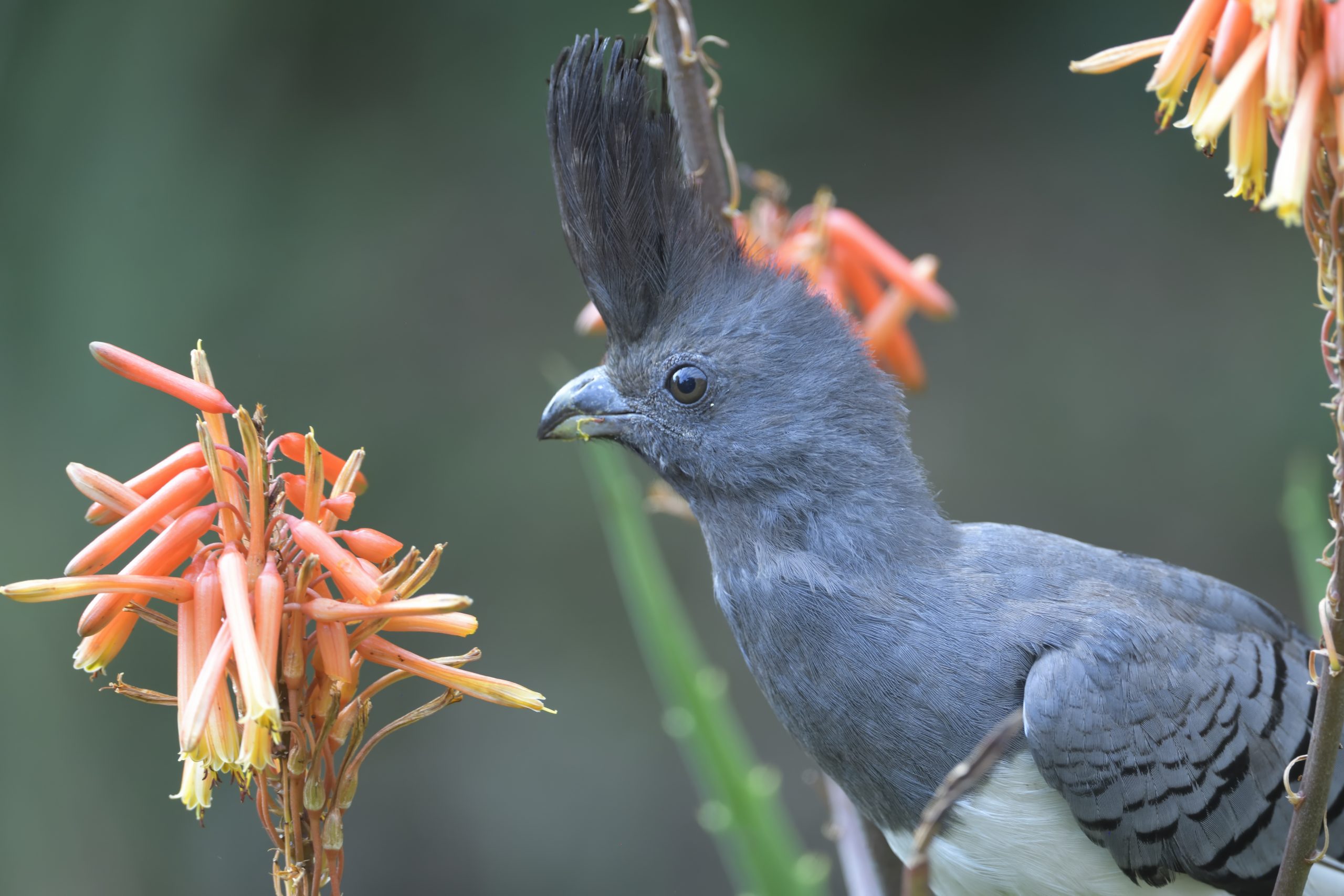
White-bellied Go-away-bird, Crinifer leucogaster, Endemic to NE Africa
Day 3, Friday, August 9: Masai Steppes
We again had an early start and arrived at our birding spot just north of Mererani just before 07:30. We started finding birds right away: Parrot-billed Sparrow, Southern Grosbeak Canary, White-bellied Canary, Pearl-spotted Owlet, Black-headed Heron, Black-faced Sandgrouse, Pink-breasted Lark, White-headed Mousebird, D´Arnaud´s Barbet, Acacia Tit, Scaly Chatterer, African Grey Flycatcher, Pygmy Falcon, Mourning Collared Dove, Eastern Violet-backed Sunbird, Somali Bunting, Northern Red-billed Hornbill, Lesser Striped Swallow, Hunter´s Sunbird, Beautiful Sunbird, Fischer´s Starling, Lilac-breasted Roller, Little Bee-eater, Straw-tailed Whydah, Tsavo Sunbird, Mouse-coloured Penduline Tit, Black-necked Weaver and huge flocks of Red-billed Quelea. We stopped at my normal breakfast spot, had a quick breakfast and took a short walk. After some searching our guide Isihaka found the target bird: Pringles Puffback. We returned to the car and to my dismay most of the trees with breeding colonies of Black-capped Social Weavers had been cut down so we had to go a long way to find them. We drove back to check out Shambalaya Dam. Unfortunateley the water level were still high so we could only access part of the dam. We still managed to pick up quite a few birds: Little Egret, Wood Sandpiper, Three-banded Plover, Blue-billed Teal, African Openbill, Glossy Ibis, Squacco Heron, Dwarf Bittern, Whiskered Tern, White-faced Whistling Duck, Red-billed Oxpecker, Spur-winged Lapwing, African Fish Eagle, Great Egret, Fulvous Whistling Duck, Striated Heron, Common Moorhen, Black-winged Stilt and the ever increasing numbers of House Crows in Mererani on the way home.
We arrived early home, relaxed had dinner and retired early as usual.
Some pictures from day 3:

Pink-breasted Lark, Calendulauda poecilosterna, Endemic to NE Africa

Acacia Tir, Melaniparus thruppi, Endemic to NE Africa

African Grey Flycatcher, Melaenornis microrhynchus, Endemic to NE Africa

Scaly Chatterer, Argya aylmeri, Endemic to NE Africa

Somali Bunting, Emberiza poliopleura, Endemic to NE Africa
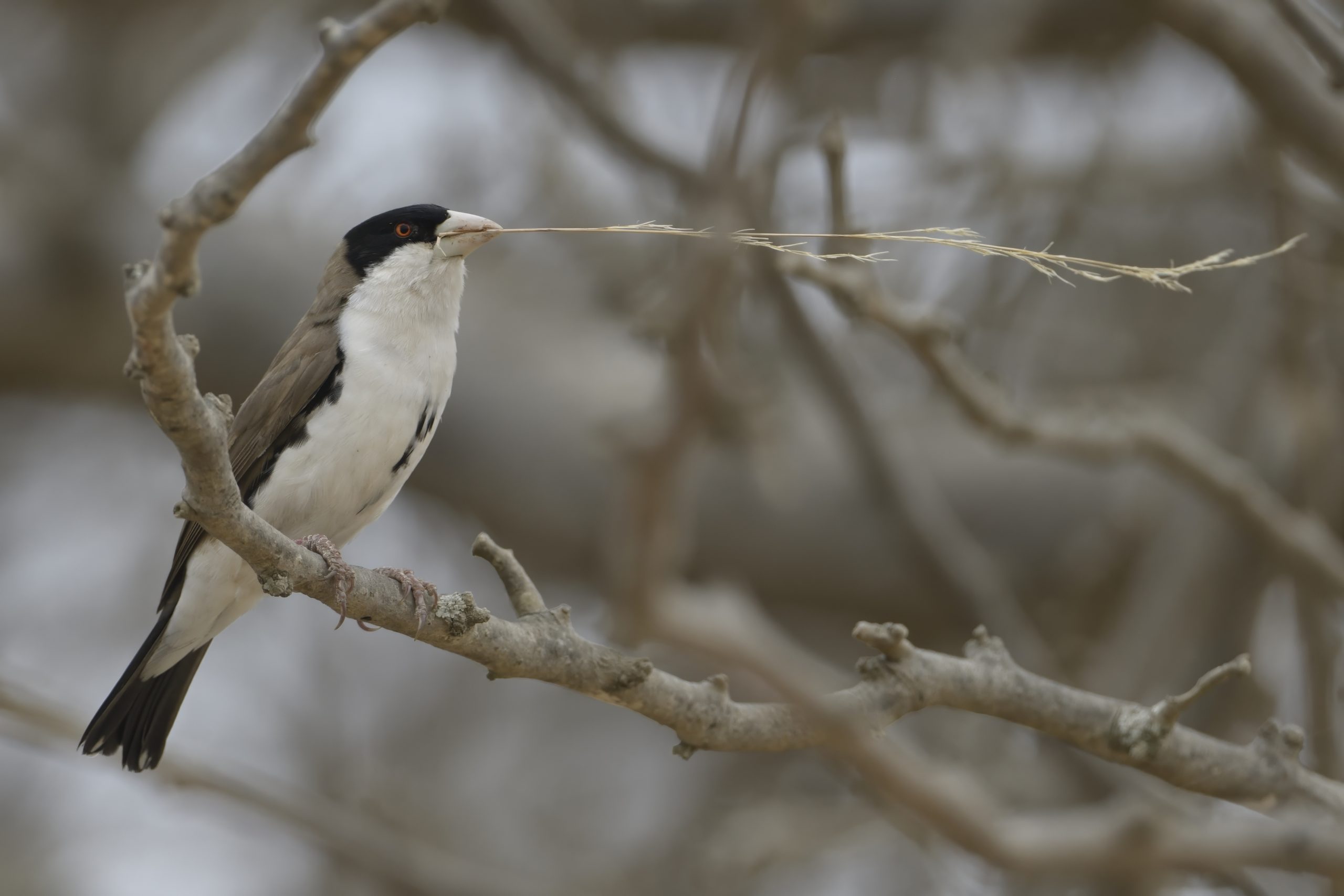
Black-capped Social Weaver, Pseudonigrita cabanisi, Endemic to NE Africa

Squacco Heron, Ardeola ralloides

Striated Heron, Butorides striata
Day 4, Saturday, August 10: Kiligolf – South Pare Mountains – Same
We had a slow start and met our new guide Martin at Elephant Motel in Same. We drove straight up to our spot for the target South Pare White-eye. Unfortunately this bird is getting harder and harder to get. Maybe because of the huge numbers of Pale White-eyes that have arrived up there over the past few years. However, we managed quite a few distant views. Other birds seen included: Striped Pipit, Usambara double-collared Sunbird, Black Saw-wing and Hartlaub´s Turaco. I also saw the pareensis race of Bar-throated Apalis. We returned back to Elephant Motel and had adinner and retired early to bed.
Picture from Day 4:

Usambara Double-collared Sunbird, Cinnyris usambaricus, Endemic to S Pare and Usambara Mountains of Tanzania
Day 5, Sunday, August 11: Same – Magamba Forest, West Usambara
We met Martin at 06;45. We only had 2 realistic targets for Graham at Same. However our first bird was a surprise Brown-tailed Apalis. Then we went hunting for the Eastern Black-headed Batis and the Black-bellied Sunbird. We found the Batis at the normal spot. No sign of the Sunbird. Other birds from the area: White-browed Sparrow-Weaver, Grey-headed Bushshrike, Tiny Cisticola and Grey Wren Warbler + many more. We still had time and I had another spot for the Sunbird and after some searching I finally found one and shouted for Graham and Martin to come over. We were looking for 2 possible lifers for Graham and got 3! Martin and I have been birding so long together and I have finally picked up some bird calls, so I often send Martin with my friend and I go and search on my own and this often pays off. We returned to our Motel for breakfast and were soon on our way to my favourite birding spot in N Tanzania, Magamba Forest in West Usambara. We stopped at my normal spot near some very friendly police before Soni. The police are always so exited to see me that they forget their policing and help us find birds :-). We dipped on the Grey-olive Greenbul, but I was not worried about that as I regularly record this in my garden. We did get: East Coast Boubou, Eastern Golden Weaver, Red-winged Starling and Common Waxbill. We had our regular stop in Soni where Martin bought the fruits and vegetables and I went to the bakery and also bought bottled water. On the way up, we stopped for our new Spot-throat Spot. We heard it, but could not see it. We continued up to camp, had a quick lunch and went birding. Here are some of the birds we picked up on the first afternoon walk: African Dusky Flycatcher, Waller´s Starling, Black-headed Mountain Greenbul (new name IOC14.2. Sinclair and Ryan called it that already in 2010 in their excellent book Birds of Africa South of Sahara), Shelley´s Greenbul, Usambara Thrush, African Olive Pigeon, White-tailed Crested Flycatcher, Moustached Tinkerbird, Stripe-faced Greenbul, Usambara Akalat, Sharpe´s Starling and Red-capped Forest Warbler. The local chicken had been boiling for 3 hours when we returned to camp. Martin is very good at preparing vegetables and we soon had a very good “Holmen Special Chicken Casserole” with pasta for dinner. We retired early to our tents after a very nice hot shower.
Some pictures from Day 5:

Brown-tailed Apalis, Apalis flavocincta, Endemic to NE Africa

Tiny Cisticola, Cisticola nana, Endemic to NE Africa

Black-bellied Sunbird, Cinnyris nectarinoides, Endemic to NE Africa
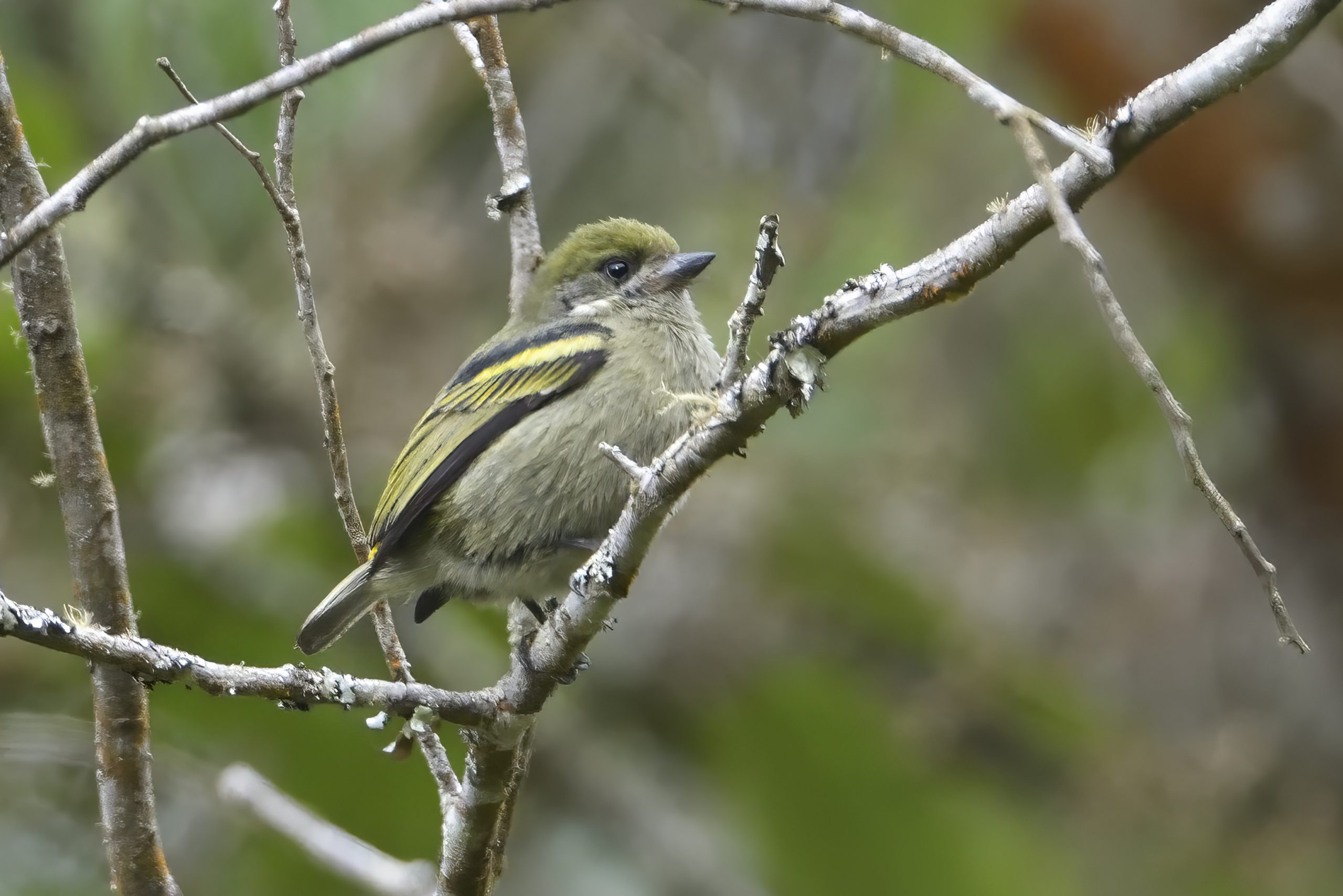
Moustached Tinkerbird, Pogoniulus leucomystax

Red-capped Forest Warbler, Artornis metopias, Endemic to Eastern Arc Mountains of Tanzania and Mozambique

Cape Robin-Chat, Cossypha caffra
Day 6, Monday, August 12: Magamba Forest Full Day
We met for coffee at 06:45. The light was not good, so we waited a little before we went out. The morning walk provided us with the following new birds for our Magamba list: Olive Sunbird, Cinnamon Bracken Warbler, Bar-throated Apalis (Race griseiceps), Black-fronted Bushshrike, Yellow-bellied Waxbill, Mountain Buzzard, Stripe-faced Greenbul, Usambara Weaver, Black-headed Apalis and Crowned Eagle. We walked down to camp where I made breakfast.
After breakfast, we decided to take the path by the pond. It was very quiet and we only added Yellow-throated Woodland Warbler, Bar-tailed Trogon and Cinnamon-chested Bee-eater to our list. We had lunch and relaxed a little before we decided to try downhill from camp. It were quiet, but we still managed to add Red-faced Crimsonwing, Fülleborn´s Boubou, Placid Greenbul and Montane Tiny Greenbul (heard only). We returned to camp, had dinner and turned in early.
Some Pictures from Day 6:

African Dusky Flycatcher, Muscicapa adusta

Black-headed Mountain Greenbul, Arizelocichla nigriceps (Race Usambarae), Endemic to highland Forests of N Tanzania and S Kenya

Yellow-bellied Waxbill, Coccopygia quartinia

Bar-tailed Trogon, Apaloderma vittatum

Yellow-throated Woodland Warbler, Phylloscopus ruficapilla
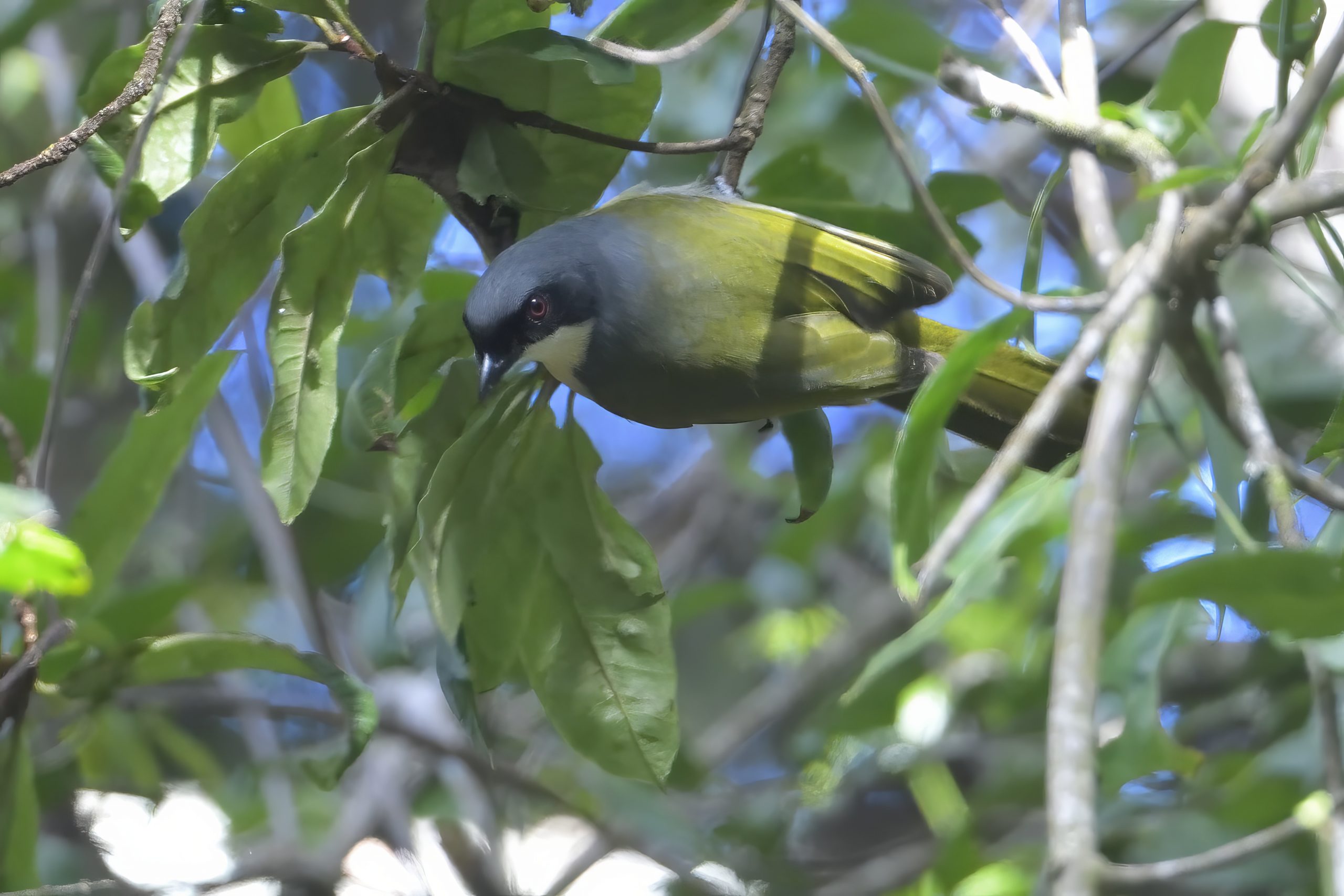
Black-fronted Bushshrike, Chlorophoneus nigrifrons

Bar-throated Apalis, Apalis thoracica (Race Griseiceps)
Day 7, Tuesday, August 13: Magamba Forest, West Usambara to Amani Forest, East Usambara
We met again for Coffee at 6:45. The light was not good. We only managed to add Southern Yellow White-eye, African Hill Babbler and our first White-starred Robin. This is such a common species up there, so very strange we only recorded one. I made breakfast, we packed Camp and were on our way. We stopped again for the Spot-throat. This time we had more luck. Martin and I worked perfect as a team. Martin heard it on one side of the road. I played it at the other side. Soon it crossed the road and Graham got Excellent views. We totally cleaned up at Magamba Forest except for one species the White-chested Alethe. We heard this species several times, but never managed to see it. We drove down the mountain and stopped again for the Grey-olive Greenbul, but no response. We continued to Mombo and stopped just south of Mombo for Zanzibar Red Bishop. We bought some Samosas in Segera and were soon just north of Muheza. To my surprise for the first time, we did not manage to get the Coastal Cisticola. We added Striped Kingfisher and a Martial Eagle. We drove up to the Amani HQ and birded the botanical garden in the afternoon. Some of the species we found: African Harrier-Hawk, Green Barbet, Green-headed Oriole, Southern Citril, African Green Pigeon, White-eared Barbet, Banded Green Sunbird, Uluguru Violet-backed Sunbird and Black-bellied Starling. We went back to camp, freshened up and had dinner. I heard the Usambara (Frazer´s) Eagle-Owl call in the middle of the night.
One picture from Day 7:

Red-backed Mannikin, Lonchura nigriceps
Day 8, Wednesday, August 14: Amani Forest
We drove uphill in the morning for some special targets. Here are some of the birds we found before lunch: Half-collared Kingfisher, Mountain Wagtail, Brown-hooded Kingfisher, Fischer´s Turaco, Little Greenbul, Long-billed Forest Warbler, Kretchmer´s Longbill, Sharpe´s Akalat, Common Square-tailed Drongo and Yellow-streaked Greenbul. We returned to camp and had a Dark-backed Weaver sit nice for us while we were waiting for lunch. After lunch, we took a longer walk in the Botanical Garden and added amongst others, these species: Pale Batis, Palm-nut Vulture, Purple-banded Sunbird, Collared Sunbird, Kenrick´s Starling, Red-rumped Swallow and Black-and-white Shrike Flycatcher. We drove down to Zigi Guest house, had dinner and settled in for the night.
Some Pictures from Day 8:

Half-collare Kingfisher, Alcedo semitorquata

Long-billed Forest Warbler, Artisornis moreaui, Endemic to E Usambara, TZ and Serri Jeci, Moz

Kretchmer´s Longbill, Macrosphenus kretschmeri, Endemic to Coastal SE Africa

Dark-backed Weaver, Ploceus bicolor
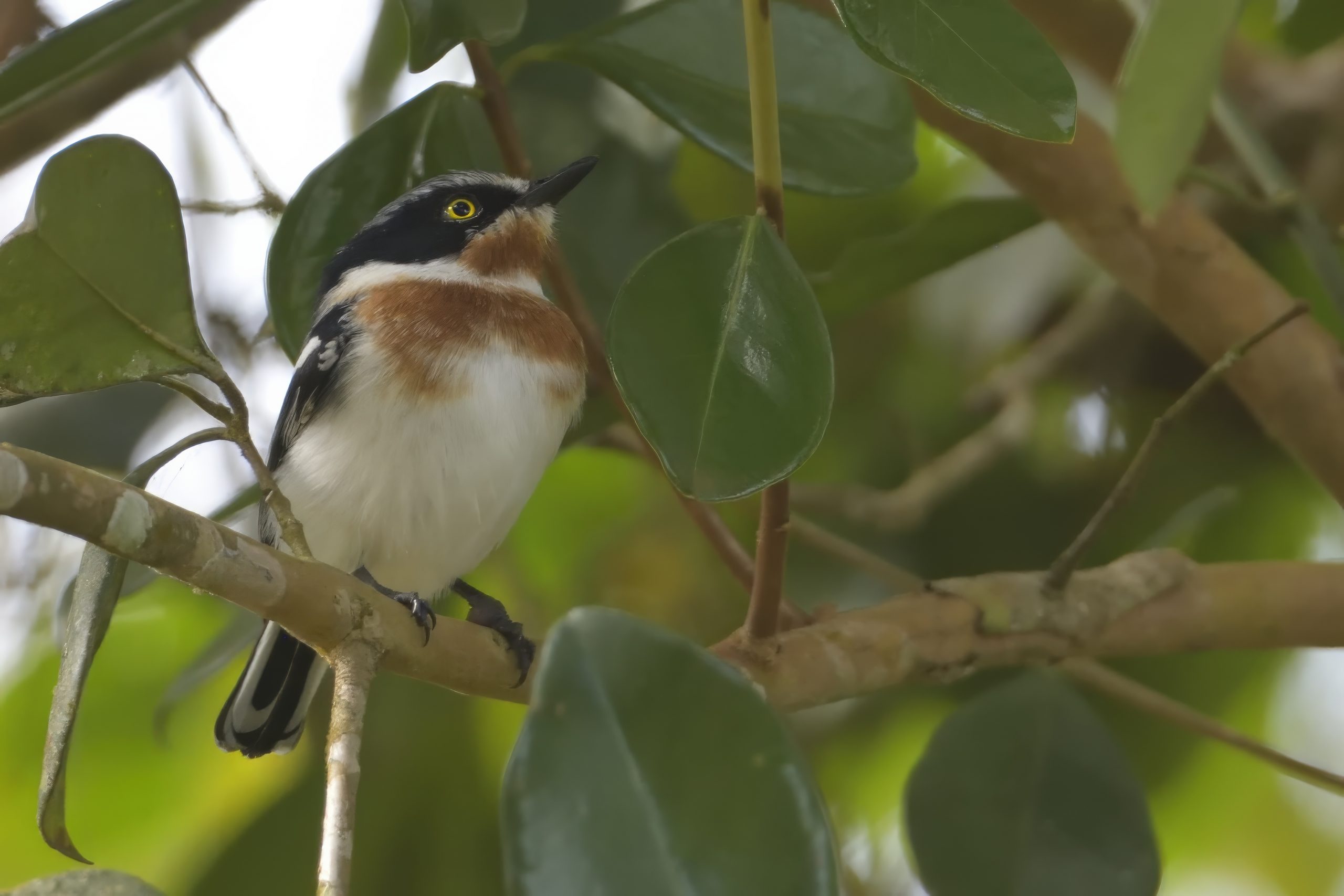
Pale Batis (Female), Batis Soror

White-eared Barbet, Stactolaema leucotis

Banded Green Sunbird, Anthreptes rubritorques, Endemic to Eastern Arc Mountains, Tanzania
Day 9, Thursday, August 15: Zigi Forest Near Amani
We drove down and were at the entrance to the forest around 07:15. We heard an African Broadbill singing quite deep inside the forest. Here are some of the birds recorded this morning: Tambourine Dove, Fischer´s Greenbul, Lowland Tiny Greenbul, Blue-mantled Crested Flycatcher, Trumpeter Hornbill, Green Twinspot, Little Yellow Flycatcher, Red-tailed Ant Thrush, Chestnut-fronted Helmetshrike, Black Cuckooshrike, Tanzanian Illadopsis and Red-capped Robin-Chat (heard only). We started walking down the road but it became very quiet. We returned to campe and relaxed, had lunch and went out again in the afternoon. We only added Plain-backed Sunbird and Forest Batis that afternoon. We returned to camp. Had a nice dinner and retired early to bed.
Some pictures from Day 9:

Lowland Tiny Greenbul, Phyllastrephus debilis, Endemic to SE Africa

Plain-backed Sunbird, Anthreptes reichenowi, Endemic to East Coast of Africa
Day 10, Friday, August 16: Zigi Forest to Msata
We packed the car and drove down to Zigi Forest. Here are some of the birds we registered that morning: Green Tinkerbird, Little Spotted Woodpecker, Green Wood Hoopoe, Retz´s Helmetshrike and Crowned Hornbill. We drove down the mountain and made a second attempt for Coastal Cisticola. This time with success. We also added Southern Black Flycatcher. On the way we saw our first Bateleur of the trip. We only made it to Msata that night.
One picture from Day 10

Southern Black Flycatcher, Melaenornis pammelaina
Day 11, Saturday, August 17: Msata – Ifakara – Magambera Forest and Honde Honde Camp.
We left early, driving all the way from Msata to Ifakara. Martin and I had a misunderstanding on which place to try first, so we ended up at my place. We quickly found all 3 endemics: Kilombero Weaver, Kilombero Cisticola and White-tailed Cisticola. Other birds observed at Ifakara included Reed Cormorant, White-crowned Lapwing, Purple Heron, White-rumped Swift, Little Bee-eater, Lesser Swamp Warbler and Fan-tailed Widowbird. We then drove to Hondo Hondo camp our base for the night and got lodged in. In the afternoon we went to Magambera Forest to look for the elusive Pel´s Fishing Owl. We heard it call, but no luck in seeing it. Other birds added included: African Silverbill, Dwarf Bittern, Blue-spotted Wood Dove, Kretchmer´s Longbill (different race than the one in Amani), Hamerkop, Red-capped Robin-Chat (heard) and Black-crowned Night Heron.
I asked Graham if we should try for the owl the morning after, but he said no. We had a lovely dinner and retired early to our lodgings.
Some pictures from Day 11:

Kilombero Cisticola, Cisticola bakerorum, Endemic to Kilombero Floodplains, Tanzania

White-tailed Cisticola, Cisticola anderseni, Endemic to Kilombero Floodplains in Tanzania

Little Bee-eater, Merops pusillus
Day 12, Sunday, August 18: Hondo Hondo, via Miombo Woodland Mikumi to Nguzu Camp Site Morogoro.
We left Hondo Hondo early and went staight to the Miombo Woodland north of Mikumi. We were in the forest a little early so it was quiet when we arrived. We still picked up the following species: Arnot´s Chat, Pale-billed Hornbill, Green Wood Hoopoe, Green-capped Eremomela, Yellow-throated Bush Sparrow, Grey Penduline Tit, Dark Chanting Goshawk, Brown-headed Parrot, Miombo Blue-eared Starling, Racket-tailed Roller, Stierling´s Wren Warbler, Red-throated Twinspot, Black-backed Puffback, White-breasted Cuckooshrike, Speckle-throated Woodpecker, White-crested Helmetshrike, Red-headed Weaver, Hoffmann´s Sunbird, Yellow-fronted Tinkerbird, Black-crowned Tchagra, Red-fronted Tinkerbird, Purple-crested Turaco, African Barred Owlet (heard only), Greater Blue-eared Starling and Kurrichane Thrush. We finished around noon and only had to drive to Nguzu Camp Site in Morogoro. We arrived early afternoon. I had only been there once and then I arrived after dark, so I went out late afternoon and just sat on a chair and listened and sure enough a Grey-olive Greenbul was calling. I saw it surprisingly quickly along with a Black-throated Wattle-eye. I had to mock Graham a little for getting one of his lifers while he was in his room, but I was not nervous about finding the bird later for him. We had dinner and retired early to bed.
Some pictures from Day 12:

Arnot´s Chat, Myrmecocichla arnotti

Pale-billed Hornbill, Lophoceros pallidirostris

Brown-headed Parrot, Poicephalus cryptozanthus, Endemic to SE Africa

Racket-tailed Roller, Coracias spatulatus

Miombo Blue-eared Starling, Lamprotornis elisabeth

Stierling´s Wren-Warbler, Calamonastes stierlingi

Speckle-throated Woodpecker, Campethera scriptoricauda

Kurrichane Thrush, Turdus libonyana

Graham had only two potential lifers in the Miombo Woodlands north of Mikumi. Of course we got them!
Kurrichane Thrush, Turdus libonyana

Grey-olive Greenbul, Phyllastrephus cerviniventris

Black-throated Wattle-eye, Platysteira peltata
Day 13, Monday, August 19: Bondwa Peak Trail to Dumila.
On my previous visit to the Bondwa Peak trail, we took Boda Bodas (Taxi motorcycles) all the way to the start of the trail. This took 45 minutes and were very uncomfortable! I noticed that I could easily drive up there with my Land Rover, so this time, I had only one Boda Boda driver to show us the way. We managed to drive almost all the way up. The last part the Boda boda shuttled us up. From where we start walking there is quite a distance to the forest, but we started logging birds: Trilling Cisticola, African Yellow Warbler and Jameson´s Firefinch were some of these birds. Once inside the forest it livened up a little: Yellow-rumped Tinkerbird, Livingstone´s Turaco, Chapin´s Apalis, Dark Batis, Uluguru Greenbul (Picture lifer for me), Bar-throated Apalis (race uluguru), Loveridge Sunbird (nest) were all logged at the way up. We hiked to around 1800 meters, but the forest became quiet again around Mid-day and so we started working our way back down the trail. We ran into a bird party just before leaving the forest consisting of amongst others: Red-faced Crimsonwing, Black-fronted Bushshrike, White-tailed Crested Flycatcher, Yellow-throated Woodland Warbler, Striped-faced, Shelley´s and Uluguru Mountain Greenbuls. We made it to Dumila that afternoon, checked in to our lodgings and went to a local restaurant for some Mishkaki (beef skewers) and chips. They tasted delicious since both Graham and I had seconds. After doing our lists, we went again early to bed.
Some Pictures from Day 13

Jameson´s Firefinch, Lagonosticta rhodopareia

Chapin´s Apalis, Apalis chapini, Endemic to Montane Forests of S Tanzania, N Malawi and E Zambia

Uluguru Mountain Greenbul, Arizelocichla neumanni, Endemic to Uluguru Mountains, Tanzania

Loveridge´s Sunbird (Female), Cinnyris loveridgei, Endemic to Uluguru Mountains, Tanzania

Red-faced Crimsonwing (Female), Cryptospiza reichenovii

Shelley´s Greenbul, Arizelocichla masukuensis, Endemic to Eastern Arc Mountains of Tanzania and N Malawi.
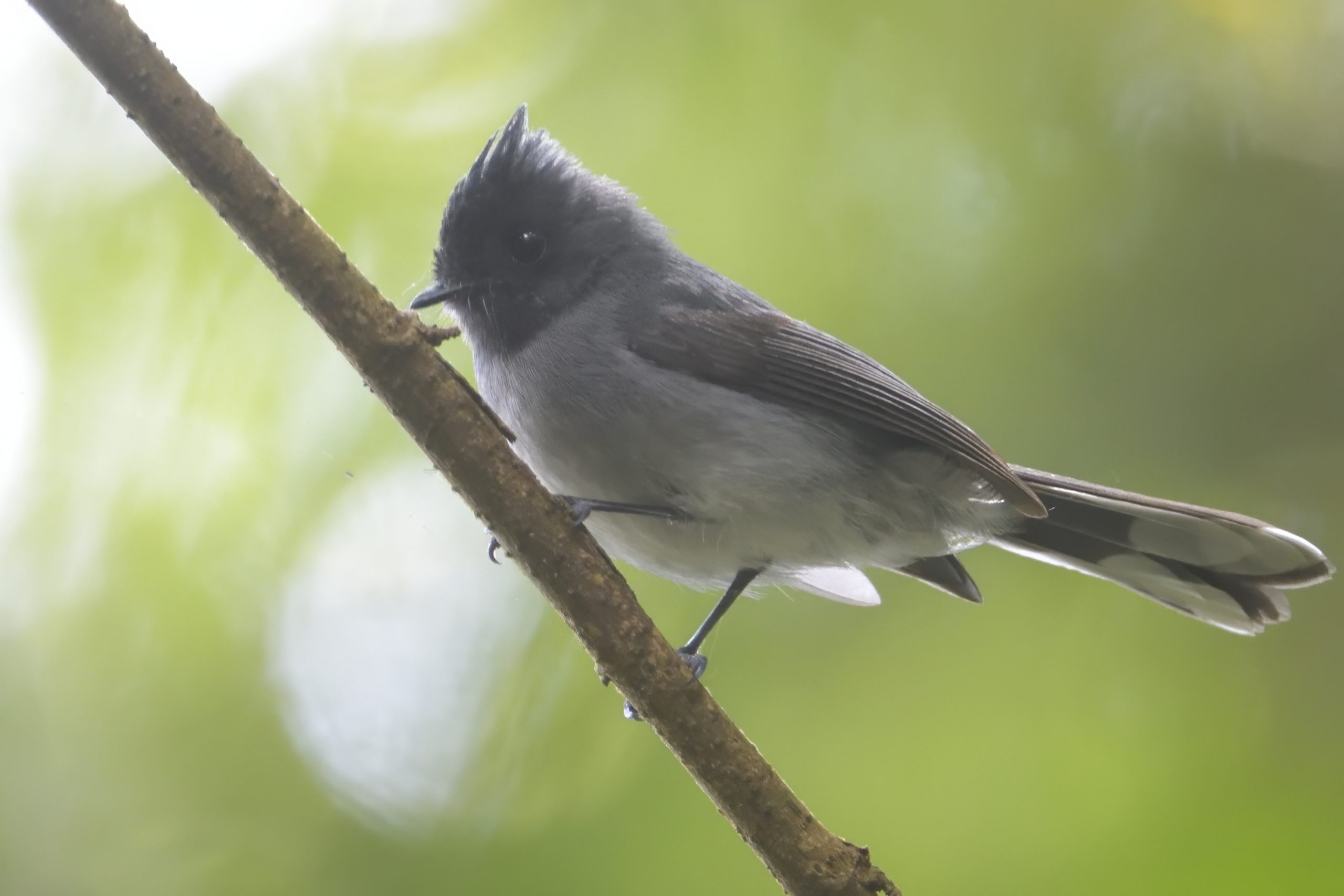
White-tailed Crested Flycatcher, Elminia albonotata
Day 14, Tuesday, August 20: Dumila via Gairo to Ukaguru Mountains and back to Gairo
We started early from Dumila, checked in to our lodging in Gairo and drove straight up the mountain. When we exited the car, we heard the unmistakenly call of a Barred Long-tailed Cuckoo. We soon realised that more than one was calling and we actually got good views of one. On the way to the Rubeho Akalat spot, we heard several Rubeho Warblers calling, got good views of Morau´s Sunbird and Yellow-throated Mountain Greenbul, but we had no success in finding the Akalat. Graham even got another lifer; Eastern Bronze-naped Pigeon. We gave up on the Akalat and walked the road to get views of the Rubeho Warbler. We had one singing right in front of us, but it kept hidden. We were running out of time so Martin had a sixt sense to go and look for the Akalat again. He found it feeding on ants just inside the forest, far away from where we normally find him. I was very happy for Graham and went back to the road to try to get pictures of a Rubeho Warbler. This bird seems to be my bogey bird as I saw it several times, but no pictures (on every visit to Ukaguru). Graham and Martin returned from the forest having had good views of the Warbler :-). We had now cleaned up at this mountain site and had only two targets on our way down. The first was Black-lored Cisticola, but for the first time, we could not locate it. I told everyone to look out for a fiscal and we actually found 2 sitting on a wire. This is the subspecies of Southern Fiscal (race marwitzi). Many split that into a separate species called Uhehe Fiscal. We drove down the mountain freshened up and Martin found a quiet place for us to have more Beef Mishkaki. We returned to the Lodge and retired early.
Some pictures from Day 14:
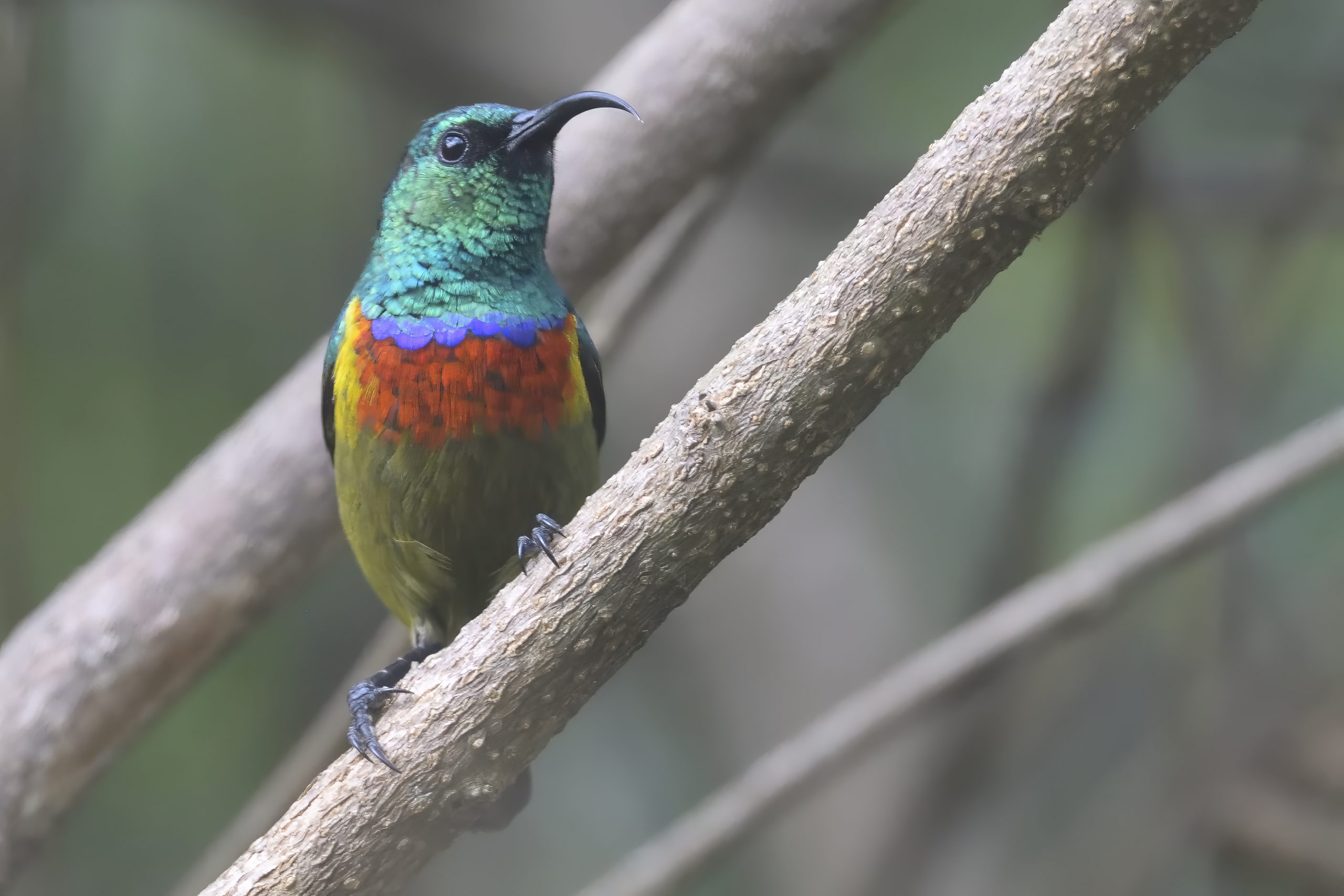
Morau´s Sunbird, Cinnyris moreaui, Endemic to Southern Eastern Arc Mountains of Tanzania

Yellow-throated Mountain Greenbul, Arizelocichla chlorigula, Endemic to Ukaguru, Udzungwa and Nguru mountains in S Tanzania

Uhehe (Southern) Fiscal, Lanius collaris marwitzi
Day 15, Wednesday, August 21: Gairo, via Dodoma to Mbulu Mountains.
We had a long drive ahead of us, but were still one day ahead of schedule. We ate packed breakfast on the way and stopped in Dodoma for some lunch. We drove straight up Mbulu Mountains. It was cold and a bit windy up there. Our first sighting on the way in were a Scaly Spurfowl. We parked the car and walked into the forest. We could hear our target bird calling, but first we saw an Abyssinian Thrush. Martin with his knowledge managed to lure out our target bird, the Mbulensis race of Olive-flanked Ground Robin. Next to it, we finally had stunning views of a White-starred Robin. We then went looking for the Mbulu White-eyes. We could not find them, but got an Eastern Double-collared Sunbird instead. On the way back to the car, we also got good views of our 4th race of Bar-throated Apalis, race munia. We drove down the mountain checked into our lodge in Babati and Graham and I went out for dinner. After dinner, we went back to our lodge and turned in early.
Some pictures from Day 15

Olive-flanked Ground Robin, Cossypha anomala, race Mbulensis, Localised Endemic to SE Africa

White-starred Robin, Pogonocichla stellata
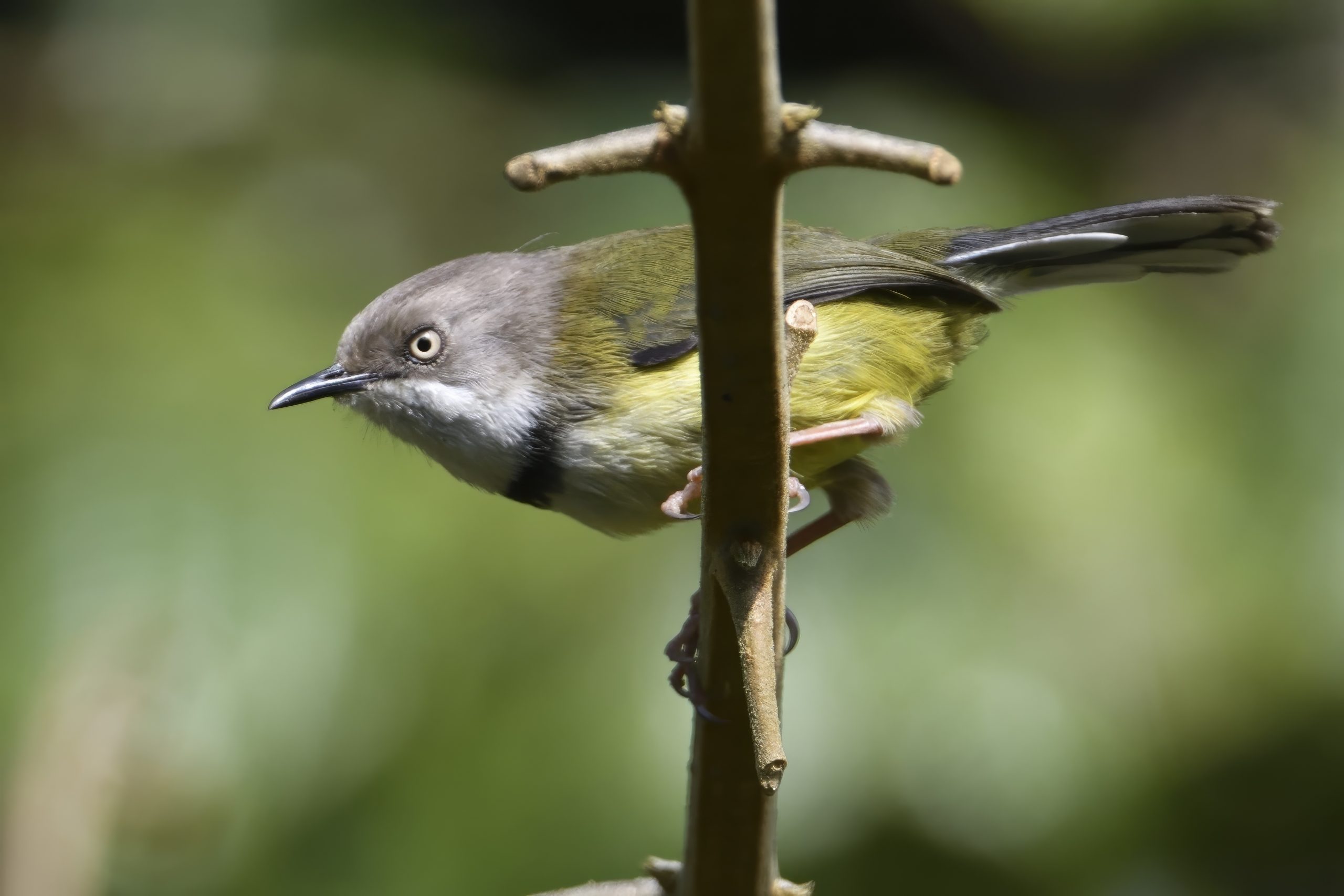
Bar-throated Apalis, Apalis thoracica, race Munia
Day 16, Thursday, August 22: Babati, via Tarangire NP to Karatu
We only had 60 km to drive that day in order to reach the turn off to Tarangire National Park. From the turn off from the main road to the gate we observed some great species including: Ashy Starling, Yellow-collared Lovebird, Red-bellied Parrot, Red-billed Buffalo Weaver, Black-winged Kite, Silverbird, White-headed Buffalo Weaver and Swahili Sparrow. We were soon on our way to our breakfast spot and started logging birds: Pearl-spotted Owlet, Speckle-fronted Weaver, Red-and-Yellow Barbet, Common Ostrich, Buff-crested Bustard, Gabar Goshawk, Von der Decken´s Hornbill, Rüppel´s Vulture, African Jacana, Rufous-tailed Weaver, Intermediate Egret, Mosque Swallow, Striated Heron, Black-faced Sandgrouse, Tawny Eagle, Spur-winged Goose and Knob-billed Duck. We reached our breakfast spot, had a quick breakfast and were soon on our way again. Here are some of the birds we logged on our way to our lunch spot: Yellow-billed Oxpecker, Wattled Starling, Pangani Longclaw, Three-banded Plover, Glossy Ibis, Common Greenshank, Marsh Sandpiper, Arrow-marked Babbler, African Sacred Ibis, Wood Sandpiper, Little Egret, Magpie Shrike, Martial Eagle, Fischer´s Sparrow Lark, Desert Cisticola and Double-banded Courser. We drove down to the Matete picnic site, but it were so crowded that we drove back the way we came and parked in the shade of a tree and had our lunch in the car. We drove to my “Bustard Road” and it did not disappoint us. We found several White-bellied Bustard´s, had some Yellow-throated Sandgrouses fly over then we came to an area where I a few times have seen a Hartlaub´s Bustard. Sure enough we found not only one but 2 females within 10 minutes. The only bird from Graham´s list we were missing now, were the bird I hoped they had found at the entrance when I paid, the Northern Pied Babbler. We logged several White-backed Vultures, a long-tailed Fiscal and had a very close encounter with a Lilac-breasted Roller. We got closer to the gate and suddenly Martin heard the call of a Northern Pied Babbler. We soon found it and I were surprised it were only a single bird. They normally appears in flocks. We drove to the gate and had a little time to spend before we had to drive to Karatu. At that time of day, the bird bath is normally quite busy, but when Graham and I got there, there were no activity at all. We walked away and Martin caught up with us. I told Martin to take Graham for a walk, I wanted to return to the bird bath. From a long distance, I could see hectic activity there. I called for Graham to join me and we got some exceptional photo opportunities of Yellow-collared Lovebird, Swahili Sparrow, Red-billed Buffalo Weaver, a flock of Northern Pied Babblers, Red-billed Buffalo Weavers, a male Von der Decken´s Hornbill and even a Nubian Woodpecker joined the party. We returned to the car and started our drive to Karatu stopping in Makuyuni for some snacks and arrived at our guest house in good time before Dark. We freshened up and walked across the road to a local restaurant. After the meal, we returned to the guest house and retired early.
Some pictures from Day 16:

Red-and-yellow Barbet, Trachyphonus erythrocephalus, Endemic to NE Africa

Buff-crested Bustard, Lophotis gindiana, Endemic to NE Africa

Rufous-tailed Weaver, Histurgops ruficauda, Endemic to Tanzania and S Kenya

Mosque Swallow, Cecropis senegalensis

Black-faced Sandgrouse, Pterocles decoratus, Endemic to NE Africa

Magpie Shrike, Urolestes melanoleucus

Martial Eagle, Polemaetus bellicosus

Common Ostrich, Struthio camelus

Fisher´s Sparrow-Lark, Eremopterix leucopareia, Endemi to SE Africa

Northern Red-billed Hornbill, Tockus erythrorhynchus

Hartlaub´s Bustard (Female), Lissotis hartlaubi, Endemic to NE Africa

Yellow-necked Spurfowl, Pternistis leucoscepus, Endemic to NE Africa

Lilac-breasted Roller, Coracias caudatus

Von der Decken´s Hornbill, Tockus deckeni, Endemic to NE Africa
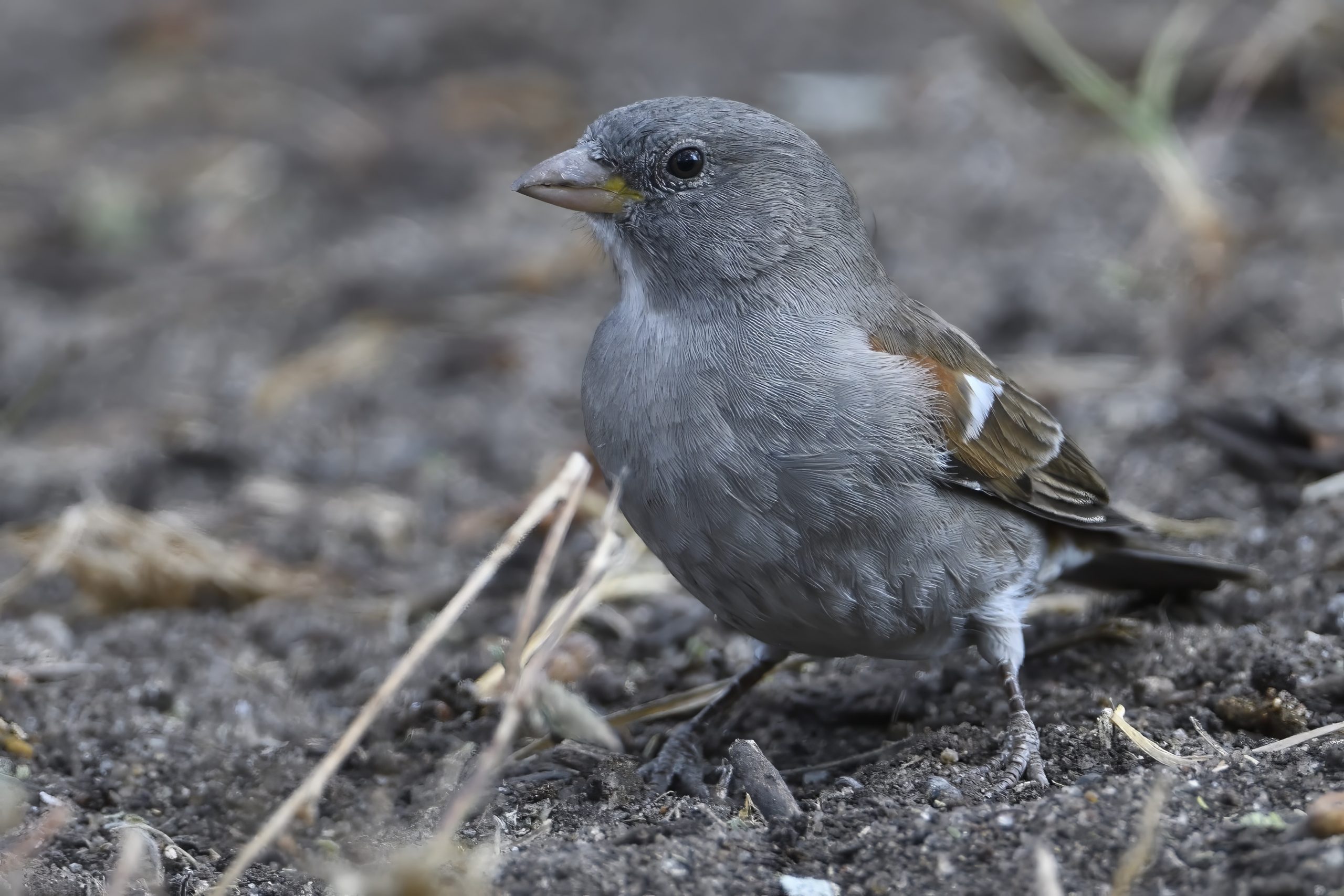
Swahili Sparrow, Passer suahelicus

Yellow-collared Lovebird, Agapornis personatus, Endemic to E Africa

Red-billed Buffalo Weaver (Female), Bubalornis niger

Red-billed Buffalo Weaver (Male), Bubalornis niger
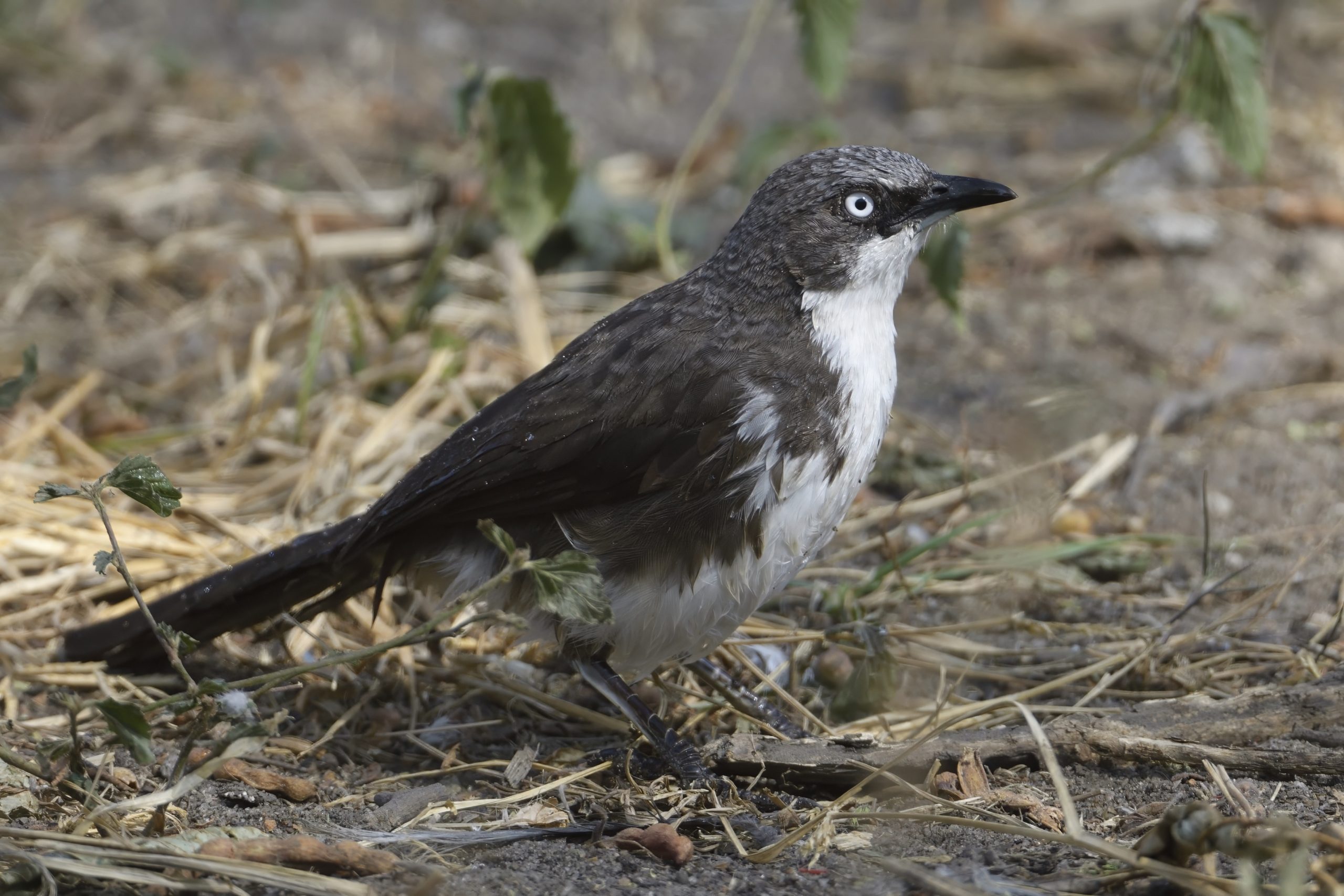
Northern Pied Babbler, Turdoides hypoleuca, Endemic to E Africa

Emerald-spotted Wood Dove, Turtur chalcospilos

Ashy Starling, Lamprotornis unicolor, Endemic to Tanzania and S Kenya

Nubian Woodpecker, Campethera nubica, Endemic to NE Africa
Day 17, Friday, August 23: Karatu – Endoro Trail and home.
We only had about 5 km to drive to the Endoro trail so we had kind of a slow morning. On the way we logged a flock of Fischer´s Lovebirds. When we arrived at the gate around 08:15, it was still cold and very quiet with light winds and overcast conditions. The birding was slow, but we logged a few species: Mbulu White-eye, Brown-headed Apalis, a very confiding Tropical Boubou eating ants, Abyssinian Crimsonwing, Grey-capped Warbler, Black Sparrowhawk, Eastern Double-collared Sunbird, White-tailed Blue Flycatcher, Thick-billed Seed-eater, Cinnamon-chested Bee-eater, White-browed Robin-Chat, African Hill Babbler, Black-headed Mountain Greenbul, a young Grey-headed Nigrita and at our breakfast spot a pair of Thick-billed Weavers. We hoped for the weather to clear up, but instead it threatened to rain. It was quiet on the way down as well, but we still logged a few birds: Streaky Seedeater, Green-headed Sunbird, we heard Hildebrandt´s Spurfowl, had nice views of an African Broadbill and finally managed to find a couple of Schalow´s Turacos. At the normal spot were the Grey-olive Greenbuls, not active on the way up. A nice surprise were a flock of Eastern Crested Guineafowls just by our car. We drove slowly down from the gate looking for Hildebrandt´s Spurfowl, but no luck. We stopped at some flowering trees at the bottom of the entrance road to look for Golden-winged Sunbird, but again no luck. We did find Bronzy Sunbird instead. We started the long journey home. Dinner was prepared for us and it felt nice to sleep in my own bed again after so many days on the road.
Some pictures from Day 17:

Brown-headed Apalis, Apalis alticola

Collared Sunbird, Hedydipna collaris

Tropical Boubou, Laniarius major
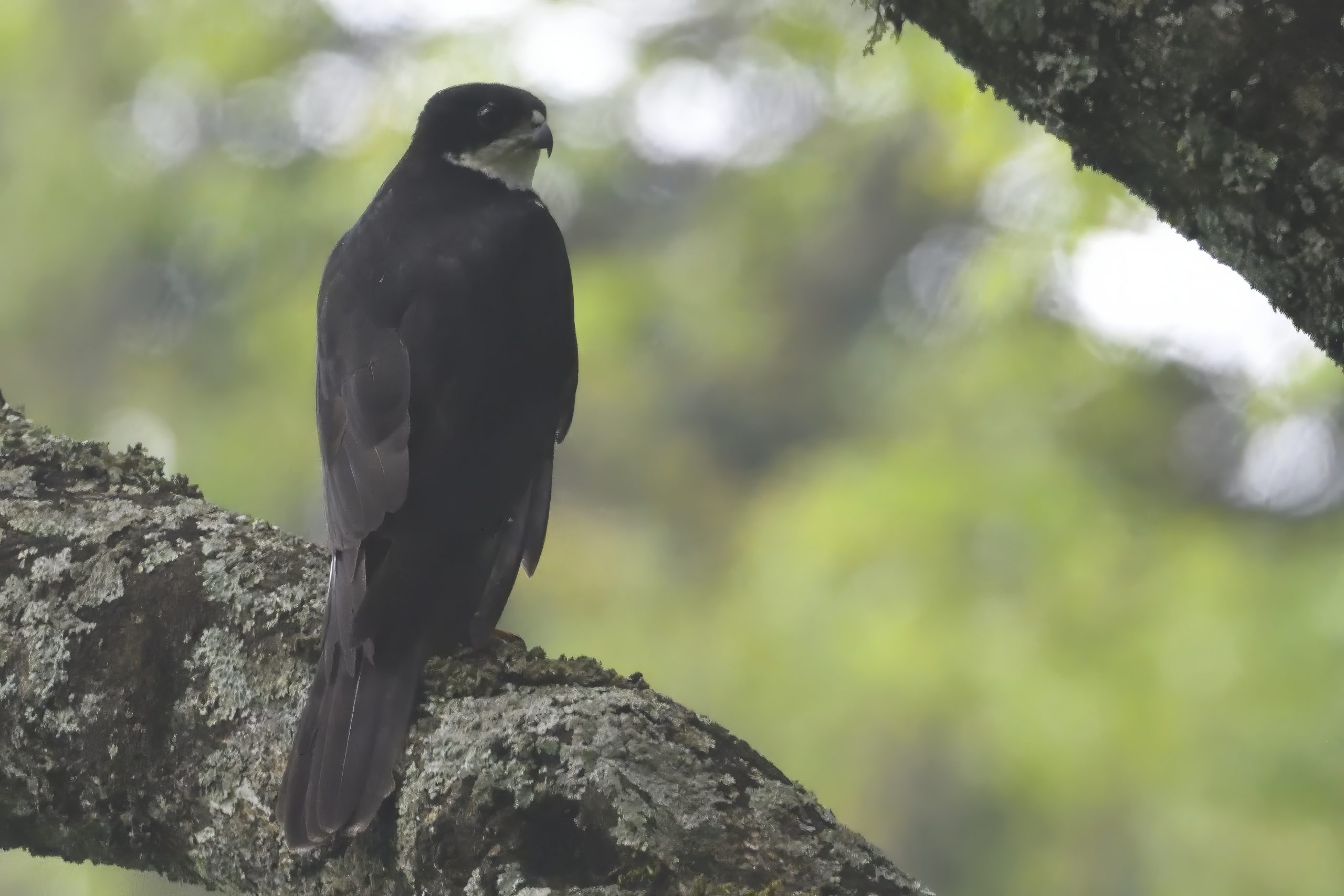
Black Sparrowhawk, Accipiter melanoleucus

Mbulu White-eye, Zosterops mbuluensis, Endemic to N Tanzania and S Kenya

Grey-headed Nigrita (Juvenile), Nigrita canicapillus

Grey-capped Warbler, Eminia lepida

African Broadbill, Smithornis capensis

Eastern Crested Guineafowl, Guttera pucherani, Endemic to NE Africa

A very relieved Per after getting 3 new lifers for Graham in the last 15 minutes of the hike. We only dipped on one bird.
Day 18, Saturday, August 24: Kiligolf
We decided to have a relaxing day and do some lazy birding in my garden and on Kiligolf.
We had breakfast before we went out for our morning walk. Here are some of the species we added: African Hoopoe, Green-winged Pytilia, Giant Kingfisher, Sombre Greenbul, Common Sandpiper, Yellow-billed Stork and Pin-tailed Whydah. We relaxed for a while and found both Yellow-bellied Greenbul and Northern Brownbul in my garden (Garden lifer no 143) before we went for a walk. We found an early arrived Green Sandpiper. I suddenly felt unwell and asked Graham and Martin to continue without me. When they came back they had not found anything new but Graham managed to add photographs of 5 new species, he now has images of over 6.000. I slept and did not even get up for dinner.
Some pictures from Day 18:

Hamerkop, Scopus Umbretta

Hadada Ibis, Bostrychia hagedash
Day 19, Sunday, August 25: Meru Forest, Ngarasero Lodge and Sakila Hills Wetlands
I was so nervous the night before since i felt so sick, but I woke up completely refreshed after a long night of undisturbed sleep. We were not in a hurry this morning either. We started at Meru Forest. At the first stop we added Broad-ringed White-eye. I could not drive all the way up so Martin and Graham walked while I took a detour. I joined them and before we entered the forest, we could hear Hunter´s Cisticolas calling, but they refused to come out. We walked up the forest and added Brown Woodland Warbler and thanks to Martin´s sharp ears Oriole Finch. Martin also managed to lure out an Evergreen Forest Warbler. I told Graham, to forget his camera and just look wih his bonoculars and he got it. On the way down, we still heard the Hunter´s Cisticola, but they refused to come out. We saw a Yellow-crowned Canary. In desperation, we drove down to our first spot and at the first try, taken by total surprise a pair of Hunter´s Cisticolas came out. Graham did not even manage to unpack his camera. We tried for a while, but they never came out again. At least Graham got good views of them. We came up to the forest for 2 potential lifers, dipped on the Tacazze Sunbird, but ended up with 4. They were doing massive repairs to the road, so it was not as bad as it used to be. We drove down to the main road and stopped at Ngarasero Lodge to look for Malagasy Pond Heron. No luck, we only added African Black Duck and Little Grebe to our list. We had lunch and decided to go up to Sakila Hills wetland where I once saw 4 Malagasy Pond Herons. They were not to be found. We added African Swamphen, IntermediateEgret, Brown-throated Martin, White-backed Duck and African Marsh Harrier to our trip list. Some other birds posed nice for pictures. We drove back home and had a relaxing late afternoon before dinner and as always early to bed.
Some pictures from Day 19:

Brown Woodland Warbler, Phylloscopus umbrovirens, Endemic to NE Africa

Streaky Seedeater, Chritagra striolata

African Black Duck, Anas sparsa

Knob-billed Duck, Sarkidornis melanotos

Intermediate Egret, Ardea intermedia

White-faced Whistling Duck, Dendrocygna viduata

White-backed Duck, Thalassornis leuconotus
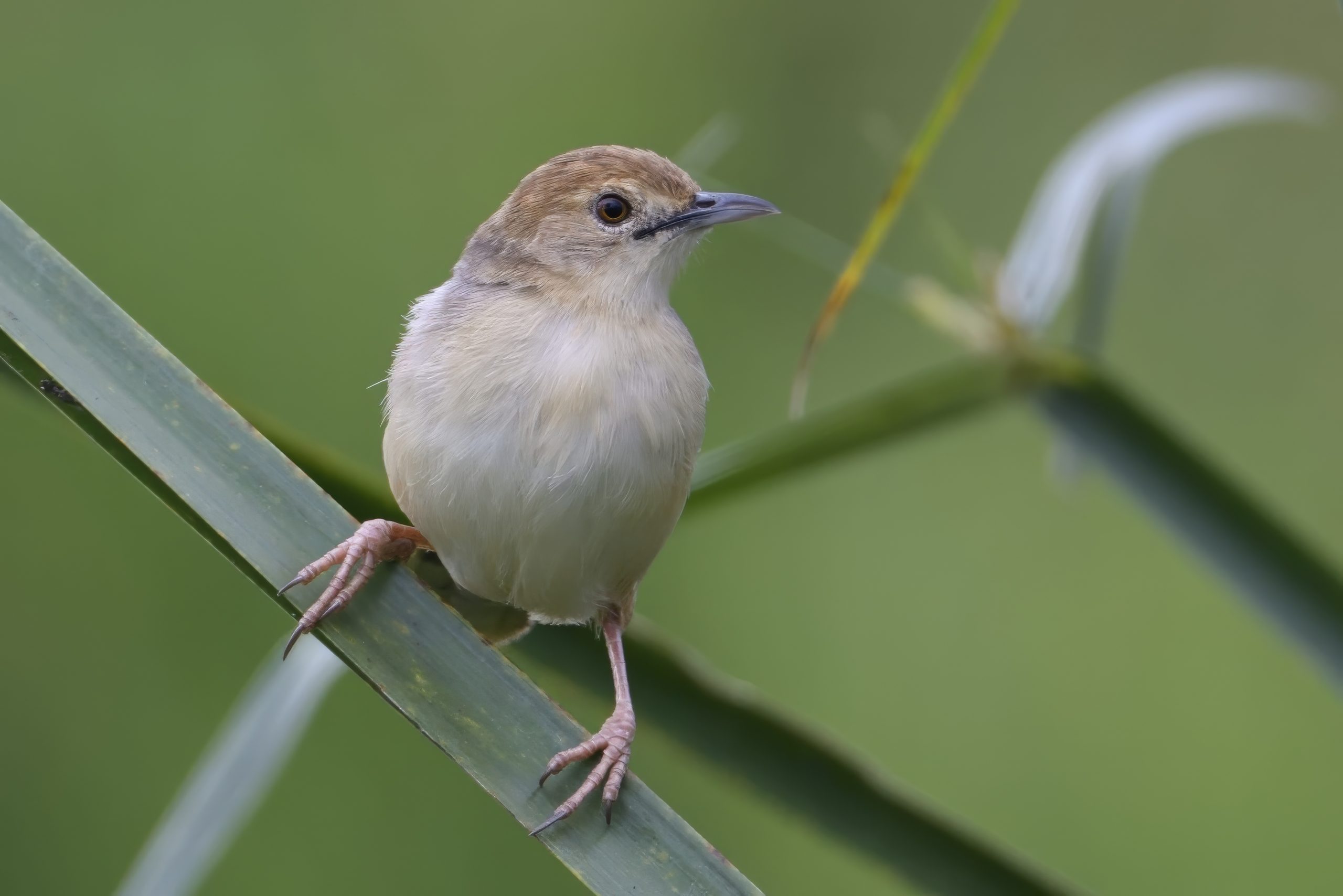
Winding Cisticola, Cisticola marginatus

Taveta Weaver, Ploceus cataneiceps, Endemic to N Tanzania and S Kenya
Day 20, Monday, August 26: Arusha National Park
We were at the park entrance around 08:30. The light were still bad and the bird activity close to Zero. On the way to the museum, we only logged Singing Cisticola, Scaly Spurfowl and Green Sandpiper. At the museum it was also quiet, but we managed to see the first Green Malkoha of the trip. We also heard a Golden-tailed Woodpecker. We continued up the west fork of the Ngurduto Crater. Still quiet, but a Stripe-faced Greenbul posed nicely for us. On the way down, we had beautiful views of a pair of Hartlaub´s Turacos. Graham finally got good views of Kenrick´s Starling and we also logged African Hill Babbler and Violet-backed Starling. We drove up the right Fork of the Crater to the picnic site. It was very quiet. We had breakfast and Martin searched for birds, but we could not find any new. We drove down to the museum, stopped the car and listened but not a sound. We drove towards the lakes and stopped at the wetland after the ranger station. It was very wet and a quite unfriendly hippo hindered us to explore the area. We managed to log Black Crake and White-backed Duck. We continued towards the Momella lakes, logged some Red-billed Oxpeckers and a Red-collared Widowbird. The newly split Sentinel Lark (split from Rufous-naped) also posed nicely for us. We continued to the lakes and to my surprise, we could not find a single Flamingo! This is the first time since 2013 I have not seen a Flamingo at the lakes. We did log one pair of Southern Pochards, a Little Grebe on a nest, Cape Teal, Ruff and a pair of Long-billed Pipits. We drove towards mount Meru and drove up the terrible road to the picnic site by the waterfall. We had a quick lunch. Logged Alpine Swift, Abyssinian Crimsonwing and Black-headed Mountain Greenbul. On the way down we logged a Suni antilope, Red-fronted Parrot and African Emerald Cuckoo. A pair off Thick-billed Seed-eaters posed nicely for us. We stopped at the fig tree, but it was very quiet. We managed to get pictures of a Kenrick´s Starling. We drove towards little Serengeti. We stopped to take pictures of a Syke´s (Blue) Monkey and logged our first Grey Crowned Cranes on the trip in addition to a Martial Eagle. All in all a very quiet day in the park although we had some nice photo opportunities. We arrived home just before Dark, freshened up and had dinner.
Some pictures from Day 20:
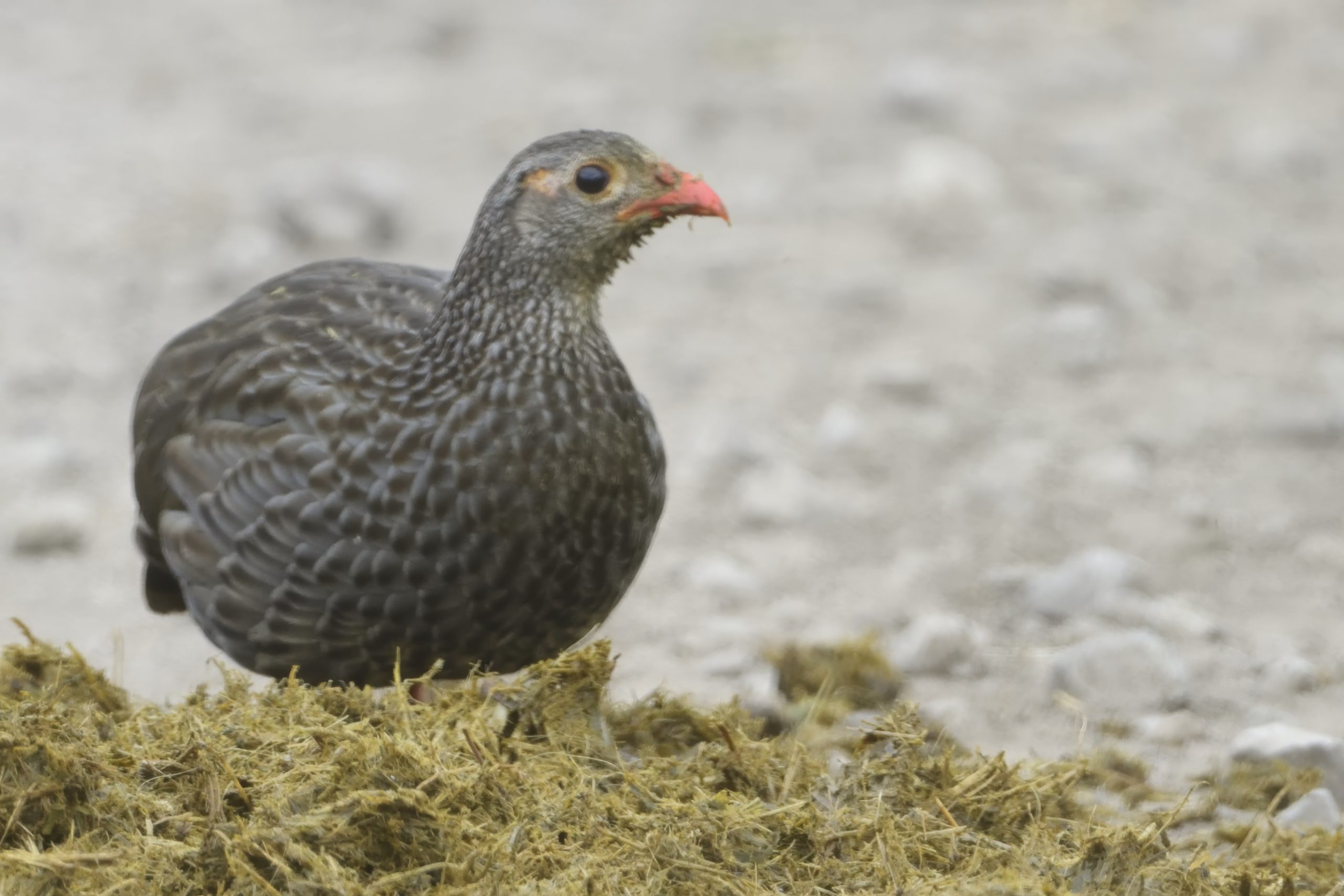
Scaly Spurfowl, Pternistis squamatus

Green Sandpiper, Tringa ochropus
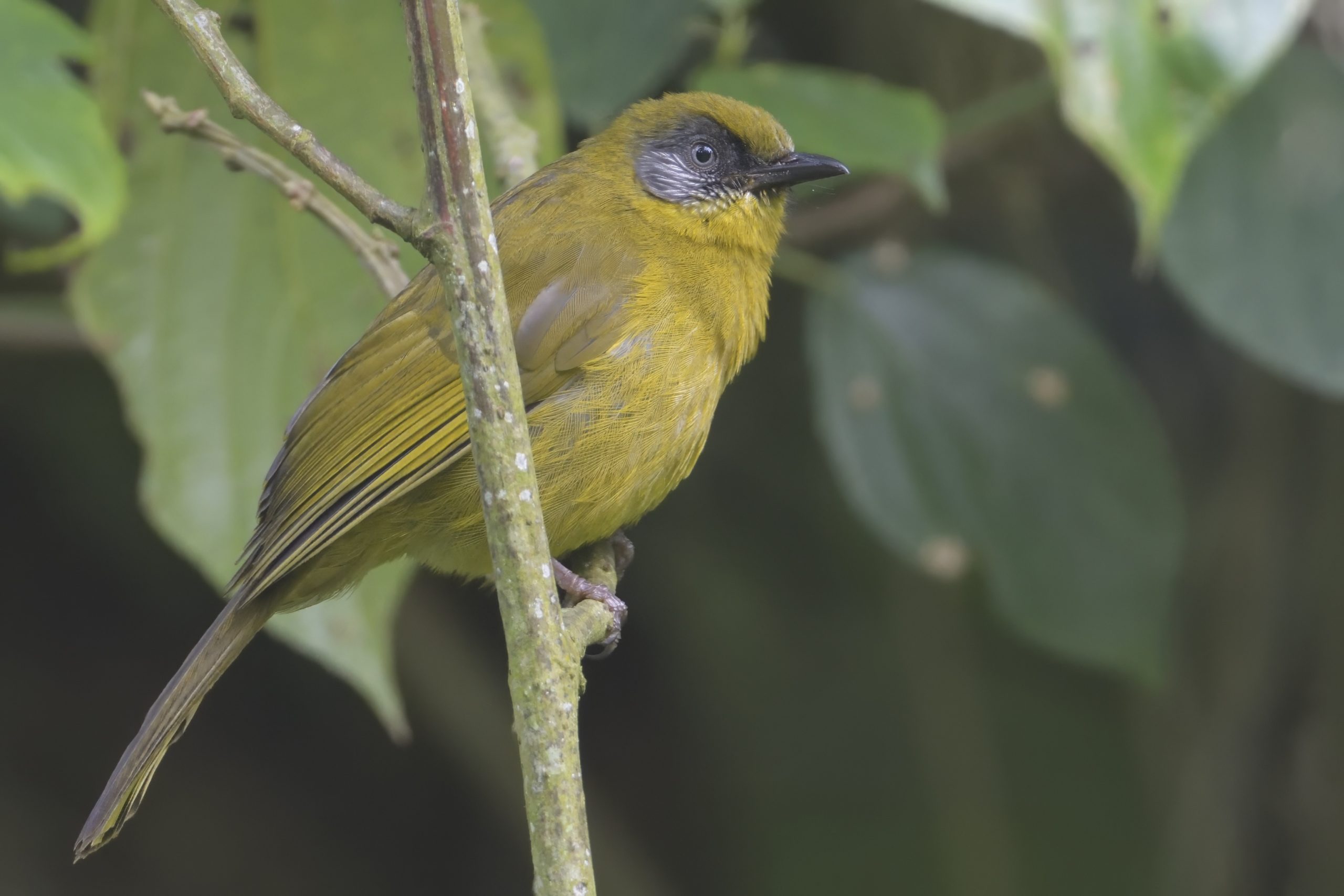
Stripe-faced Greenbul, Arizelocichla striifacies, Endemic to S Kenya and Tanzania

Hartlaub´s Turaco, Tauraco hartlaubi, Endemic to E Africa

Little Grebe, Tachybaptus ruficollis

Sentinel Lark (recently split from Rufous-naped), Corypha athi, Endemic to NE Tanzania and SC Kenya

Cape Teal, Anas capensis

Long-billed Pipit, Anthus similis

Black-headed Mountain Greenbul, Arizelocichla nigriceps, Endemic to N Tanzania and S Kenya
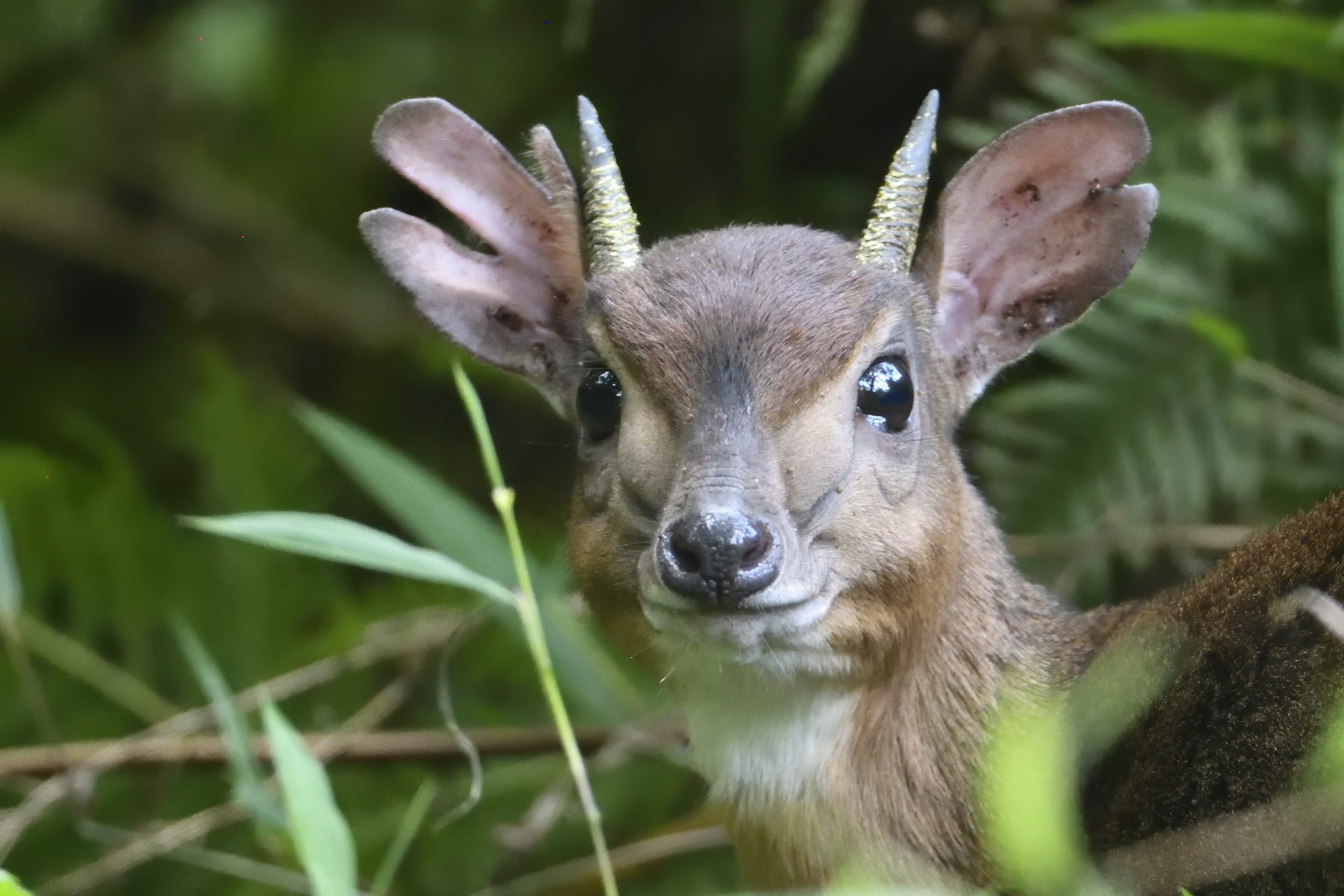
Suni Antilope, Nesotragus moschatus

Thick-billed Seed-eater, Chritagra burtoni

Kenrick´s Starling, Poeoptera kenricki, Endemic to E Africa

Graham and me at the Fig Three in Arusha National Park

Syke´s (Blue) Monkey, Cercopithecus mitis
Day 21, Tuesday, August 27: Kiligolf to Airport
Martin took an early morning bus back home. Graham and I just relaxed in the garden until it was time to take him to the airport.
It was indeed a successful trip. As mentioned Graham expected 55 lifers and on the last count taking splits into account he probably reached 97 with 2 to be checked on his iGoTerra files. I do not have much time to relax since I am already getting a German friend visiting on September 10. He will leave on September 30. Underways we will be joined by an English friend. Then on October 1, I am going to Kenya for 24 days. It is tough being retired these days 🙂

Graham and I are saying goodbye to Martin after a very successful trip.






